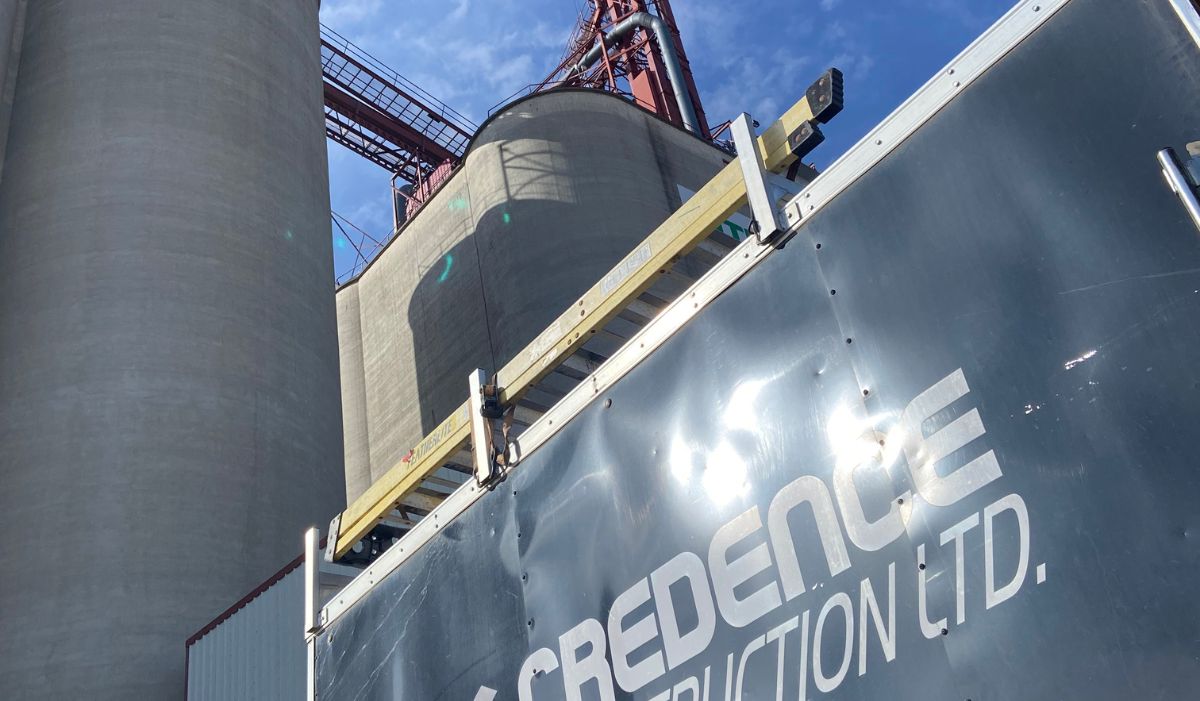Industrial Shutdown Turnaround Planning: A Step-by-Step Guide for Success
Introduction
If you’ve ever been part of a plant or facility shutdown, you know it’s not as simple as flipping a switch and pausing operations. An industrial shutdown is one of the most complex projects a company can take on, and it requires weeks—often months—of planning. Done properly, it protects workers, prevents costly failures, and ensures equipment runs at its best once production starts up again. Done poorly, it can cost millions in lost time and missed deadlines.
In Saskatchewan, industries such as mining, oil and gas, manufacturing, and agriculture depend on shutdowns to keep operations safe and productive. A delay at a potash mine or a food processing plant doesn’t just affect one business; it can disrupt supply chains, contracts, and even seasonal timelines. That’s why careful industrial shutdown turnaround planning is the key to success.
This guide walks you through the process step by step, with practical examples and proven strategies to help your next shutdown run smoothly.
Step 1: Define the Scope of the Industrial Shutdown
The first stage of planning is always about clarity. Without a defined scope, an industrial shutdown can quickly spiral into chaos.
Ask yourself:
- Which systems or equipment are non-negotiable for this shutdown?
- Are we focusing on preventive maintenance, upgrades, or both?
- What regulatory inspections must be completed during this time?
For instance, a shutdown at a Saskatchewan grain terminal may include tasks such as welding repairs on steel bins, conveyor belt realignment, and replacing worn bearings. In contrast, a mining facility might prioritize re-lining chutes, inspecting ventilation, or conducting heavy equipment overhauls.
By setting a clear scope upfront, you eliminate surprises, avoid “scope creep,” and give your team the framework they need to plan effectively.
Step 2: Build the Right Team
An industrial shutdown is not a one-person job. It takes a dedicated team with clear roles and responsibilities. At minimum, you’ll need:
- Project Manager: The person who oversees the entire shutdown.
- Maintenance Specialists: Experts who carry out the work on equipment.
- Safety Officers: Professionals who ensure compliance with OHS standards.
- Contractors and Vendors: Tradespeople such as welders, millwrights, or scaffolding crews who bring specialized skills.
In Saskatchewan, many companies partner with local contractors who understand regional regulations and the unique conditions of industries like agriculture and mining. Choosing experienced partners reduces risks and improves efficiency.
Step 3: Create a Realistic Schedule
Every hour of downtime is expensive. A well-structured schedule helps balance urgency with quality. Your schedule should include:
- A detailed timeline of tasks.
- Sequencing that accounts for dependencies (you can’t reinstall a motor before the shaft is inspected).
- Built-in buffers for unexpected challenges.
Consider seasonal pressures too. A food processor may not be able to extend downtime into harvest season, while a mining facility must account for Saskatchewan’s harsh winter conditions.
Step 4: Secure Materials and Equipment Early
Few things derail a shutdown faster than missing parts or unavailable equipment. Before the industrial shutdown begins, confirm that all materials—from replacement valves to safety harnesses—are on site.
Tip: Always order critical spares in advance. Even a small missing component, like a bearing or valve, can delay work by days and cost thousands in lost production.
Step 5: Make Safety the Top Priority
Shutdowns bring together multiple trades, heavy machinery, and high-risk tasks all happening at once. Without strong safety protocols, the risk of incidents increases dramatically.
Best practices include:
- Holding safety orientations before work begins.
- Providing and enforcing use of proper protective gear.
- Monitoring confined spaces, welding zones, and elevated work areas closely.
- Following Saskatchewan OHS regulations to the letter.
A safe industrial shutdown not only protects workers but also ensures regulatory compliance and reduces liability for the company.
Step 6: Execute with Communication and Control
Once the shutdown begins, communication is your strongest tool. Daily briefings, updated progress reports, and clear reporting lines help keep everything on track.
Supervisors should monitor progress against the schedule and resolve bottlenecks quickly. If one area falls behind, the entire project can be delayed. That’s why flexibility and real-time adjustments are so important during execution.
Step 7: Quality Checks and Inspections
Before restarting, every task must be verified. Quality checks confirm that welding, fabrication, mechanical, and electrical work meet both technical standards and safety requirements.
Third-party inspections are sometimes required, especially in industries like oil and gas or large-scale structural steel. Even when not mandatory, independent inspections add an extra layer of confidence that work has been done properly.
Step 8: Restart and Review
Restarting a facility is not just about flipping the switch back on. Systems should be tested gradually, allowing teams to confirm that everything operates as expected.
Once operations are running, conduct a post-shutdown review. Ask:
- Did we meet the objectives we set?
- Were there delays or cost overruns, and why?
- What lessons can improve the next shutdown?
Documenting these insights builds institutional knowledge and strengthens future planning.
Common Challenges in Industrial Shutdowns
Even well-planned projects face hurdles. Some of the most common include:
- Scope creep: Adding last-minute tasks that extend downtime.
- Coordination issues: Multiple trades working in the same space at the same time.
- Unrealistic timelines: Trying to squeeze too many tasks into too little time.
- Weather delays: Particularly relevant in Saskatchewan’s harsh winters.
Anticipating these challenges helps you prepare effective backup plans.
Best Practices for Success
To set your industrial shutdown up for success, follow these proven best practices:
- Start planning months in advance, especially for large facilities.
- Use lessons from past shutdowns to guide current projects.
- Focus on critical tasks first—nice-to-have upgrades can wait.
- Partner with experienced contractors who understand local industries.
- Keep communication open and clear across all levels.
Conclusion
An industrial shutdown is never just “downtime.” It’s an investment in safety, efficiency, and long-term reliability. By defining scope, building the right team, planning realistic schedules, securing materials, and prioritizing safety, Saskatchewan companies can turn shutdowns into opportunities for growth rather than setbacks.
When approached with discipline and foresight, a shutdown is not just about pausing operations—it’s about ensuring stronger, safer, and more productive operations when the work is complete.



